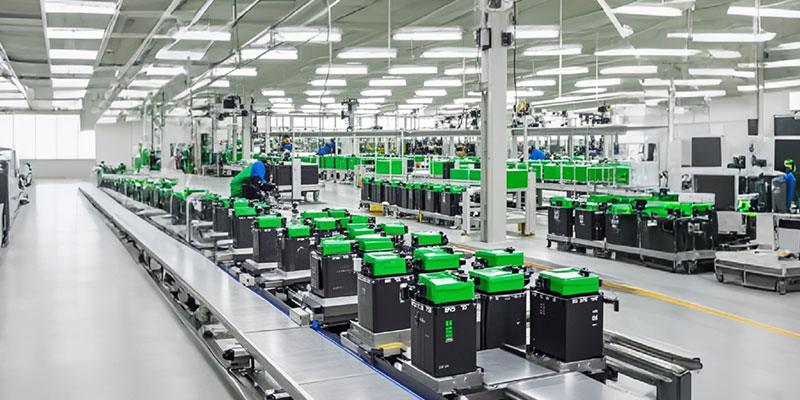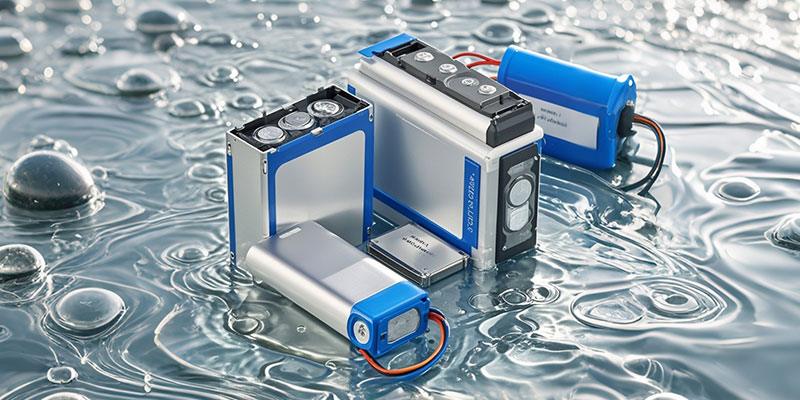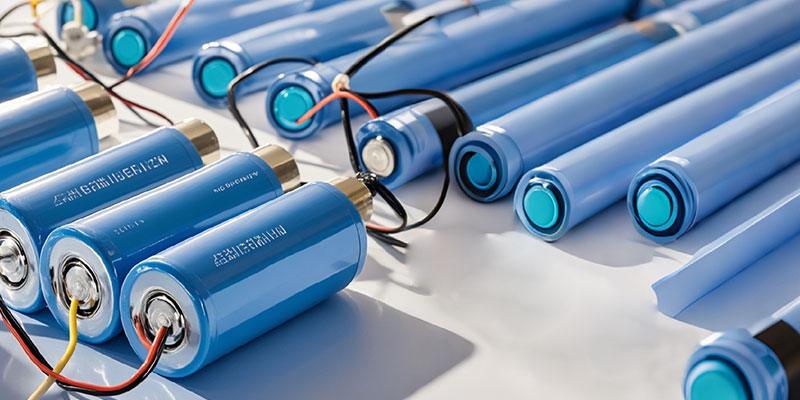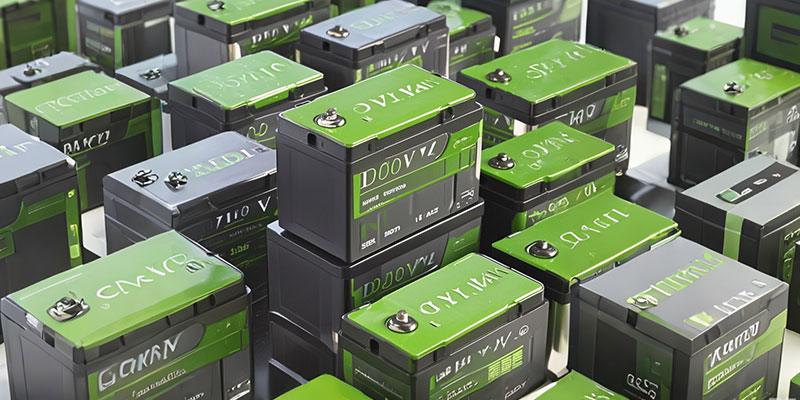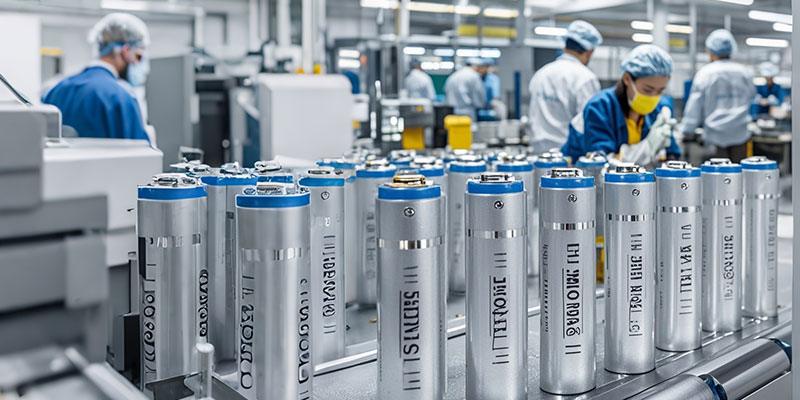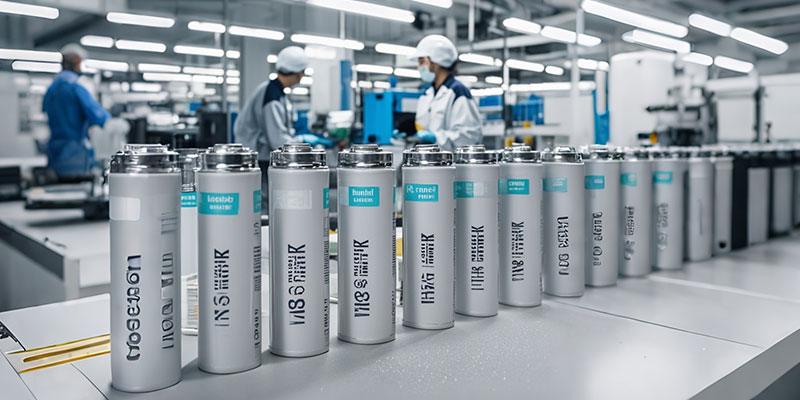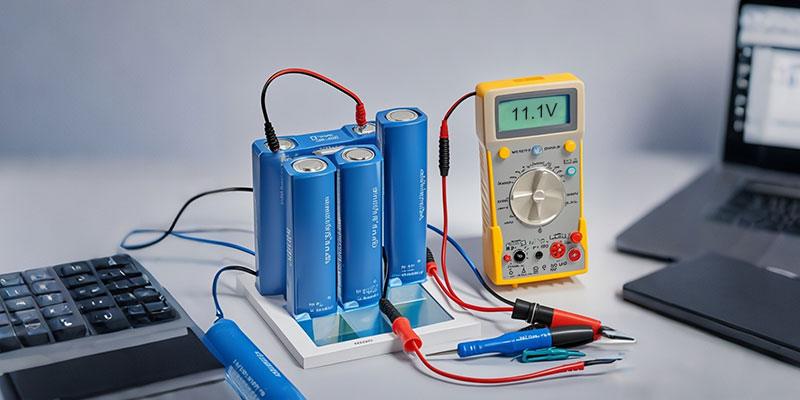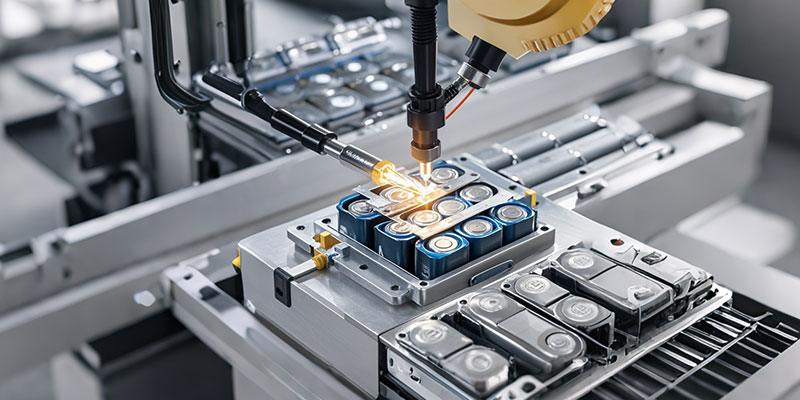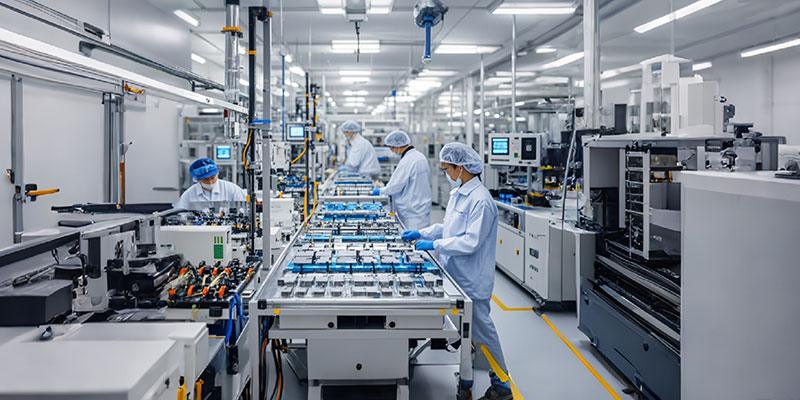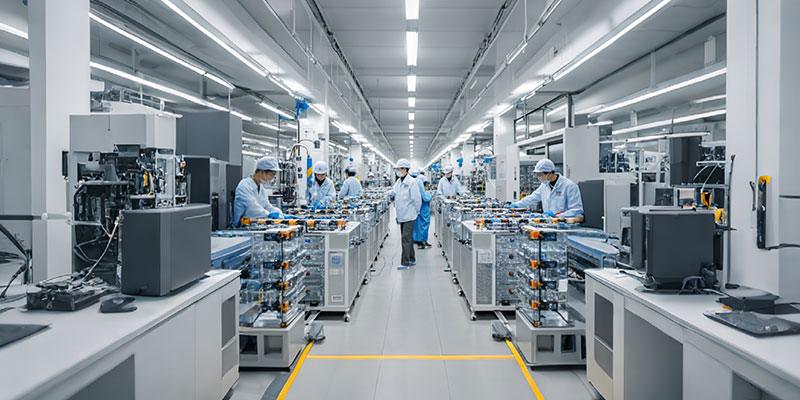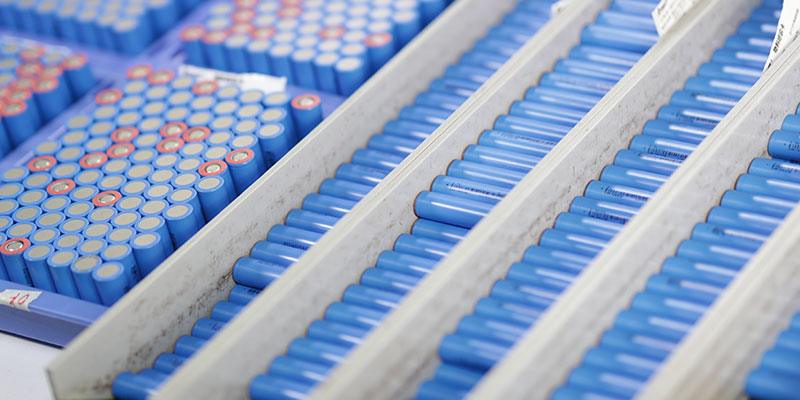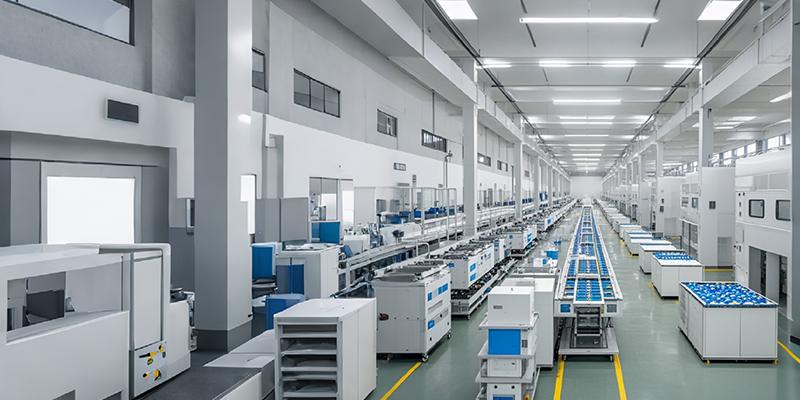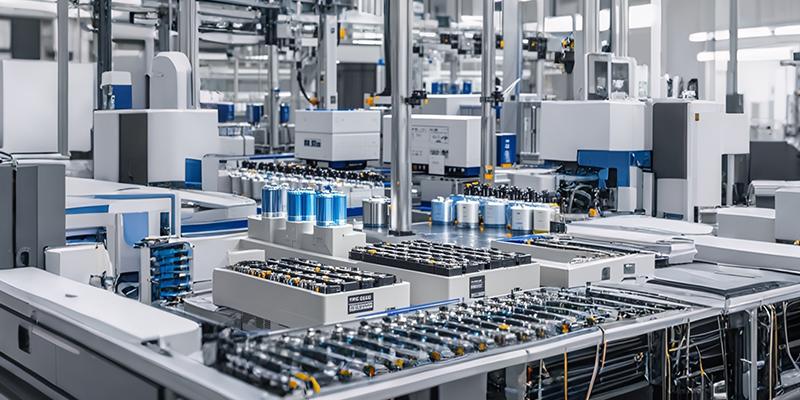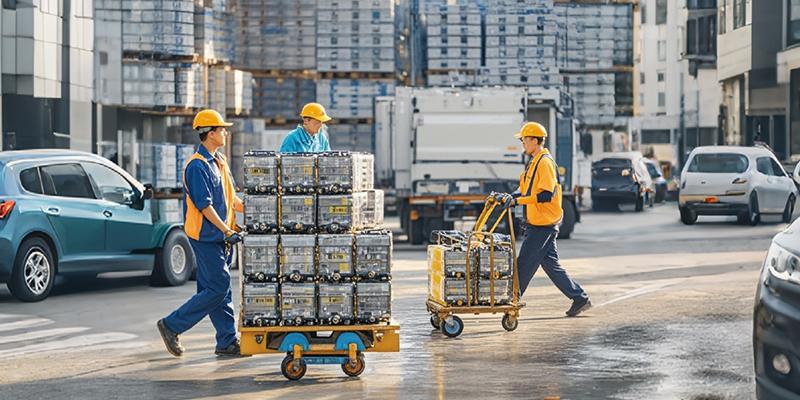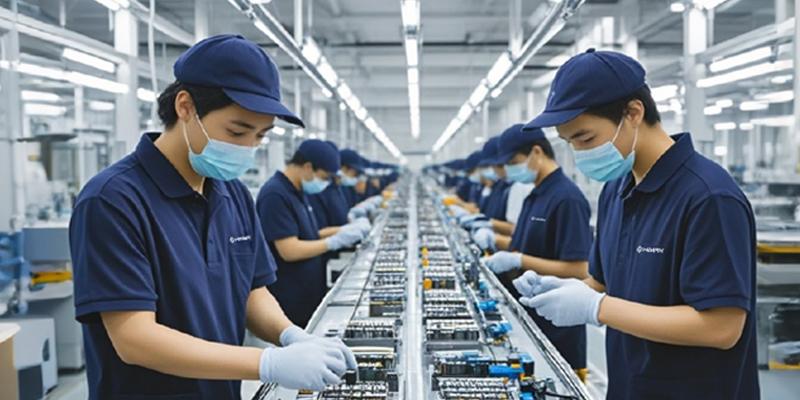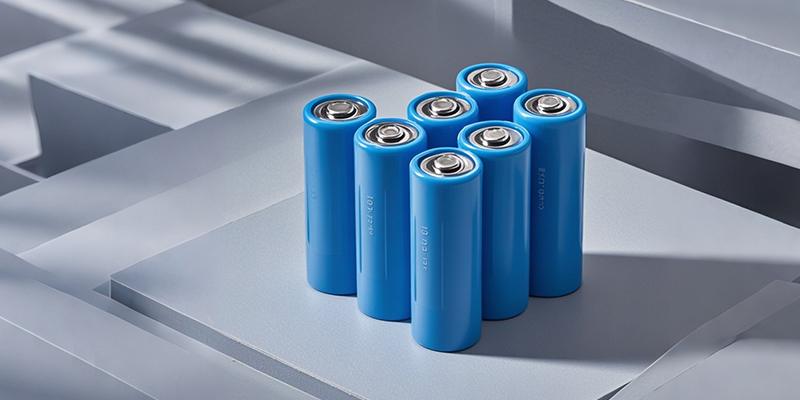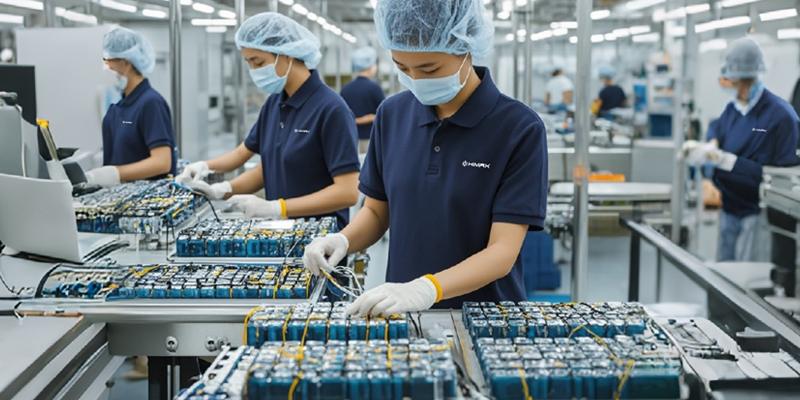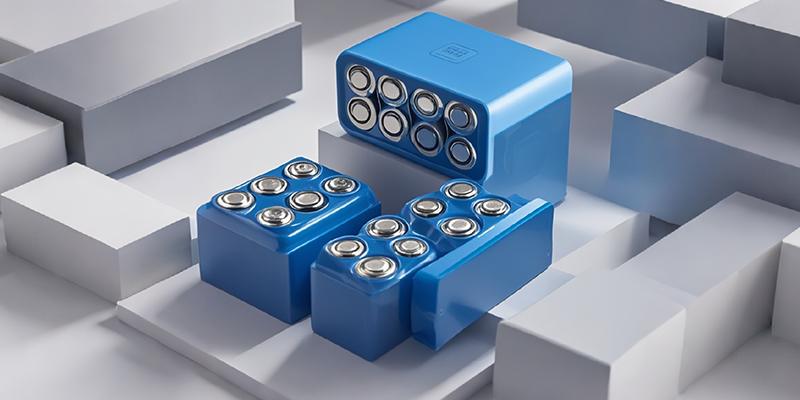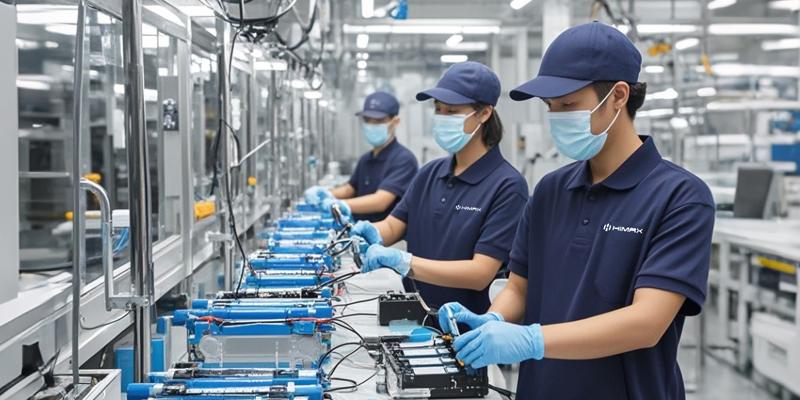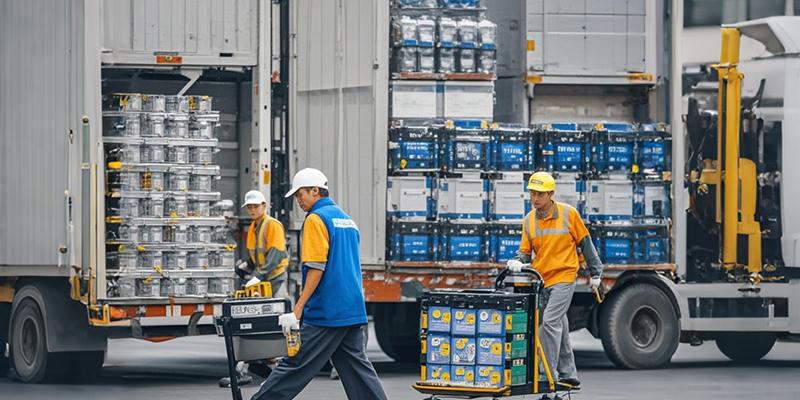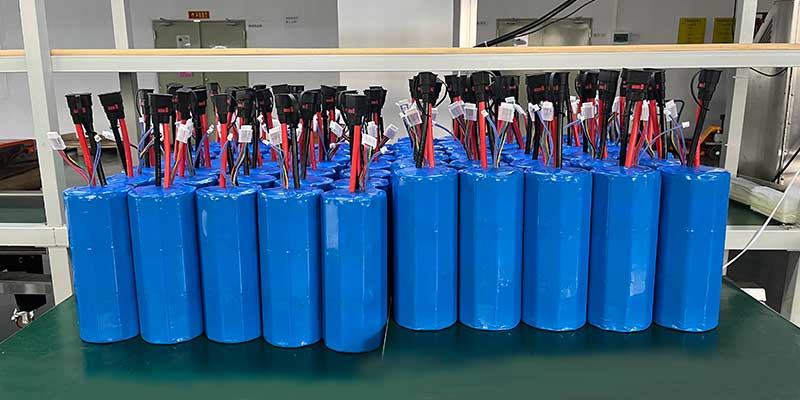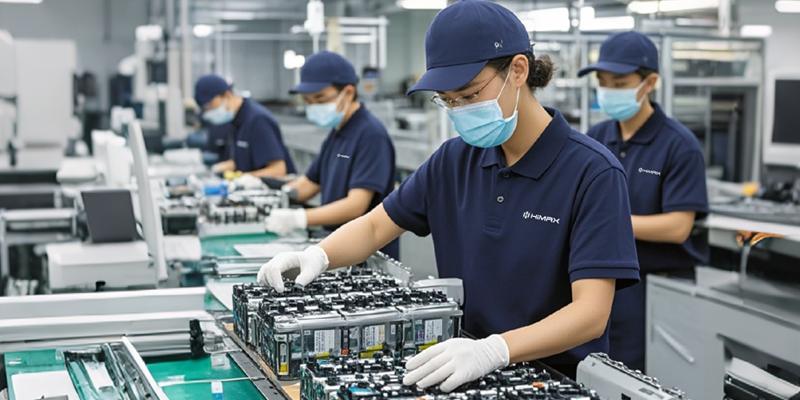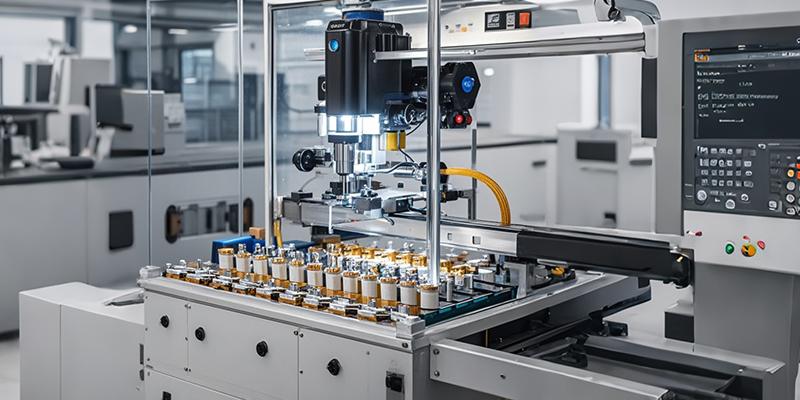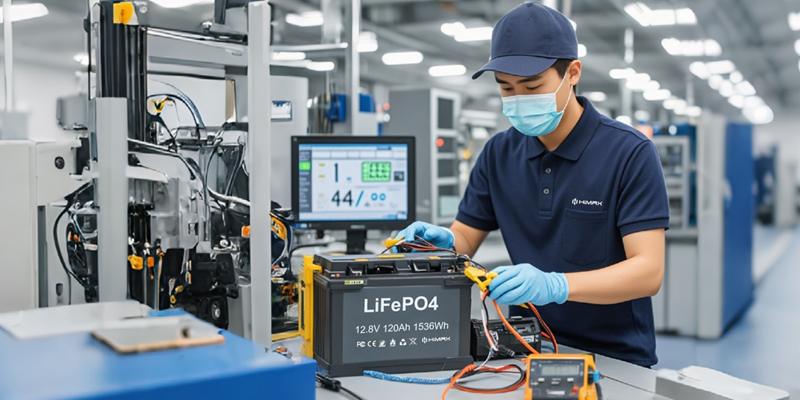Introduction
The lithium battery market has experienced exponential growth over the past decade, driven by the rising demand for portable electronics, electric vehicles, and renewable energy storage solutions. For wholesale distributors, this surge presents a lucrative opportunity to maximize profits. However, navigating the complexities of the market requires strategic planning, market understanding, and effective business practices.
This comprehensive guide offers valuable tips for wholesale distributors of lithium batteries to enhance their profitability. From understanding market dynamics to optimizing supply chains and leveraging technological advancements, these insights will help you stay ahead in a competitive landscape.
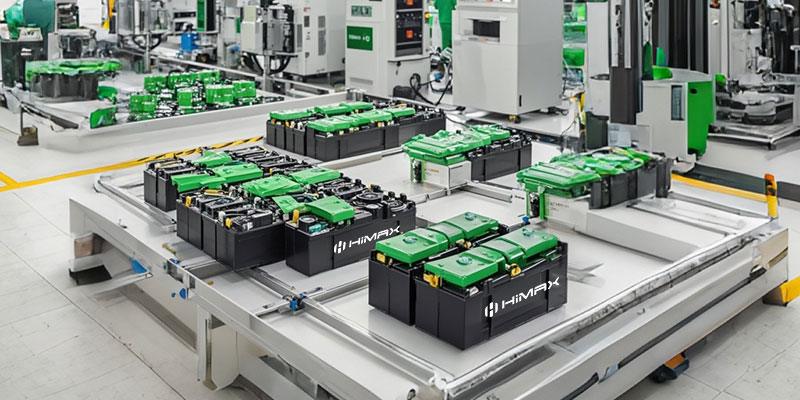
Understanding the Lithium Battery Market
Market Growth and Trends
- Rising Demand: The global lithium battery market is projected to reach unprecedented heights, with applications spanning consumer electronics, automotive, and industrial sectors.
- Technological Advancements: Innovations in battery technology, such as solid-state batteries and improved energy density, are driving market expansion.
- Environmental Concerns: The shift towards renewable energy and electric vehicles is boosting demand for efficient energy storage solutions.
Market Challenges
- Supply Chain Disruptions: Fluctuations in raw material availability, particularly lithium and cobalt, can affect supply and pricing.
- Regulatory Compliance: Navigating international regulations and safety standards is crucial for market entry and sustainability.
- Competition: The influx of manufacturers and distributors intensifies competition, necessitating differentiation strategies.
Tips for Maximizing Profit
- Diversify Your Product Portfolio
Offer a Wide Range of Products
- Battery Types: Stock various lithium battery types, including Li-ion, LiFePO4(LIFEPO4 BATTERY), and LiPo, to cater to different market segments.
- Applications: Target multiple industries such as consumer electronics, medical devices, automotive, and renewable energy.
Stay Updated with Technological Trends
- Innovation Adoption: Incorporate the latest battery technologies to meet evolving customer needs.
- Product Upgrades: Regularly update your inventory with improved models offering better performance and safety features.
- Optimize Supply Chain Management
Establish Strong Relationships with Manufacturers
- Reliable Partners: Collaborate with reputable manufacturers to ensure consistent product quality and supply.
- Negotiation Power: Strong relationships can lead to better pricing, terms, and exclusive deals.
Implement Efficient Logistics
- Inventory Management: Use just-in-time inventory systems to reduce holding costs and minimize stockouts.
- Shipping Optimization: Partner with efficient logistics providers to reduce transit times and costs.
- Focus on Quality Assurance
Adhere to International Standards
- Certifications: Ensure all products meet standards like UL, CE, and RoHS.
- Compliance: Stay compliant with transportation regulations for hazardous materials.
Quality Control Measures
- Testing: Implement rigorous testing protocols for incoming and outgoing products.
- Traceability: Maintain detailed records for each batch to track performance and address issues promptly.
- Competitive Pricing Strategies
Analyze Market Pricing
- Benchmarking: Regularly compare your pricing with competitors to remain competitive.
- Dynamic Pricing: Adjust prices based on demand, costs, and market conditions.
Bulk Discounts and Incentives
- Volume Pricing: Offer discounts for large orders to encourage bulk purchases.
- Loyalty Programs: Implement programs that reward repeat customers, fostering long-term relationships.
- Invest in Marketing and Branding
Build a Strong Brand Identity
- Brand Positioning: Define what sets your business apart, such as exceptional service or specialized products.
- Consistent Messaging: Use consistent branding across all marketing channels.
Digital Marketing Strategies
- SEO Optimization: Improve your website’s visibility on search engines to attract more traffic.
- Content Marketing: Publish informative content to establish authority and engage potential customers.
- Social Media Presence: Leverage platforms like LinkedIn and industry forums to connect with professionals.
- Provide Exceptional Customer Service
Responsive Support
- Timely Communication: Respond promptly to inquiries and issues.
- Technical Assistance: Offer expert guidance on product selection and application.
After-Sales Service
- Warranty Policies: Provide clear and fair warranty terms.
- Feedback Mechanisms: Encourage and act on customer feedback to improve services.
- Leverage Technological Tools
Utilize Business Management Software
- CRM Systems: Manage customer relationships effectively with Customer Relationship Management tools.
- Inventory Systems: Use software to track inventory levels, sales, and orders.
Embrace E-commerce Platforms
- Online Sales Channels: Expand your reach by selling through online marketplaces and your own e-commerce site.
- Automation: Automate routine tasks to reduce errors and save time.
- Understand and Mitigate Risks
Market Research
- Trend Analysis: Stay informed about market developments and adjust strategies accordingly.
- Risk Assessment: Identify potential risks like supply shortages or regulatory changes and develop contingency plans.
Financial Management
- Budgeting: Monitor expenses and revenues closely to maintain profitability.
- Credit Policies: Implement effective credit management to minimize bad debts.
- Expand Your Network
Industry Associations
- Membership Benefits: Join trade associations to access resources, training, and networking opportunities.
- Events and Conferences: Attend industry events to stay updated and build relationships.
Strategic Partnerships
- Alliances: Form partnerships with complementary businesses for mutual benefit.
- International Expansion: Explore opportunities in emerging markets to diversify income streams.
- Stay Compliant with Regulations
Environmental Regulations
- Recycling Programs: Participate in or establish battery recycling initiatives.
- Sustainability Practices: Adopt eco-friendly practices to meet regulatory requirements and appeal to environmentally conscious customers.
Safety Standards
- Transportation Regulations: Comply with shipping regulations for hazardous materials, such as UN38.3 certification.
- Storage and Handling: Ensure proper protocols are in place to prevent accidents.
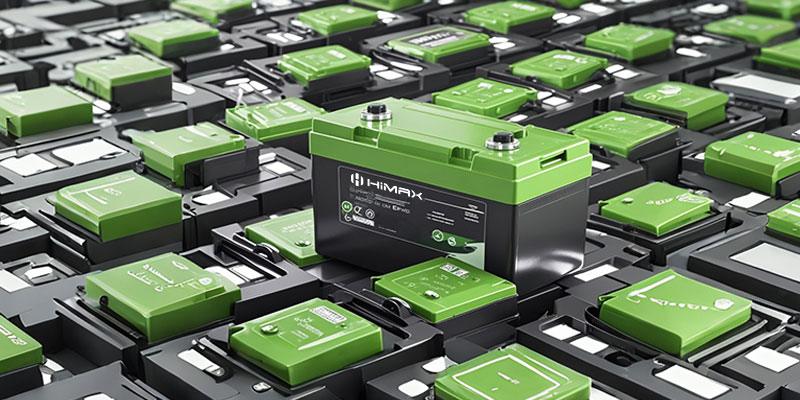
About Himax Electronics
Company Overview
Himax Electronics is a leading provider of high-quality lithium batteries, specializing in catering to the needs of wholesale distributors. With years of experience in the industry, Himax has built a reputation for reliability, innovation, and exceptional customer service.
Himax’s Advantages
- Quality Assurance: All Himax batteries undergo rigorous testing and comply with international standards, ensuring safety and performance.
- Diverse Product Range: Offering a wide array of lithium battery types and specifications to meet various market demands.
- Competitive Pricing: Himax provides attractive pricing models and bulk discounts, enhancing profitability for distributors.
- Technical Expertise: A team of skilled professionals offers technical support and guidance to help you make informed decisions.
- Customized Solutions: Himax can tailor products to meet specific requirements, giving you an edge in the market.
- Reliable Supply Chain: With efficient logistics and inventory management, Himax ensures timely delivery and consistent supply.
Why Choose Himax Electronics
Partnering with Himax Electronics means aligning with a company that is committed to your success. Their focus on quality, innovation, and customer satisfaction makes them an ideal choice for wholesale distributors looking to maximize profits in the lithium battery market.
- Trustworthy Partnership: Himax values long-term relationships and works collaboratively to support your business goals.
- Market Insights: Benefit from Himax’s industry knowledge and market insights to stay ahead of trends.
- Responsive Support: With dedicated account managers and responsive customer service, Himax addresses your needs promptly.
Conclusion
Maximizing profit as a wholesale distributor of lithium batteries involves a multifaceted approach. By diversifying your product offerings, optimizing supply chains, focusing on quality, and implementing effective marketing strategies, you can enhance your competitiveness and profitability. Staying informed about market trends, leveraging technology, and providing exceptional customer service are also crucial components of success.
Partnering with a reliable manufacturer like Himax Electronics can significantly contribute to achieving your business objectives. Their commitment to quality, innovation, and customer support provides a solid foundation for a profitable and sustainable wholesale distribution business.
Take proactive steps today to implement these strategies, and position your business for long-term success in the thriving lithium battery market.

